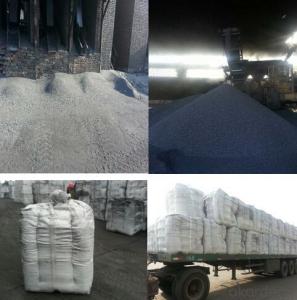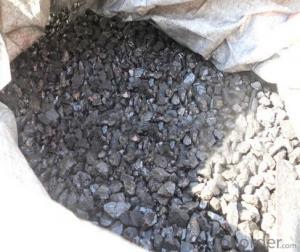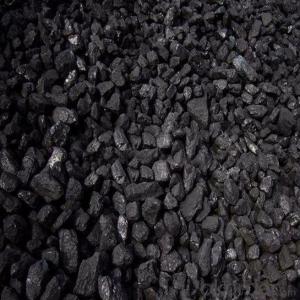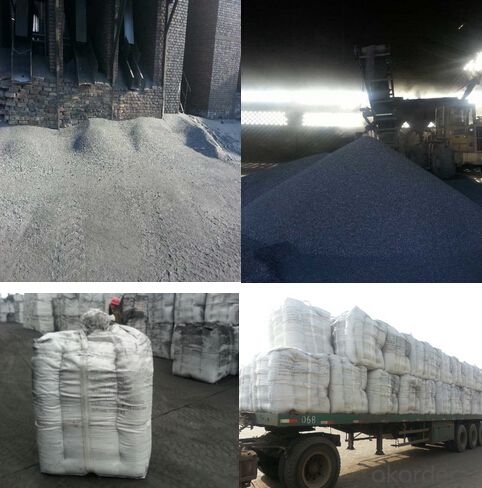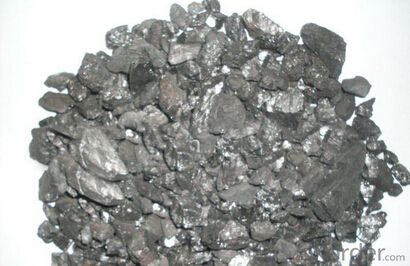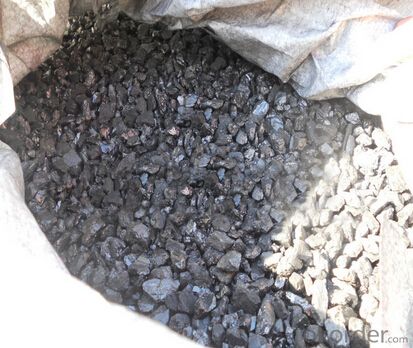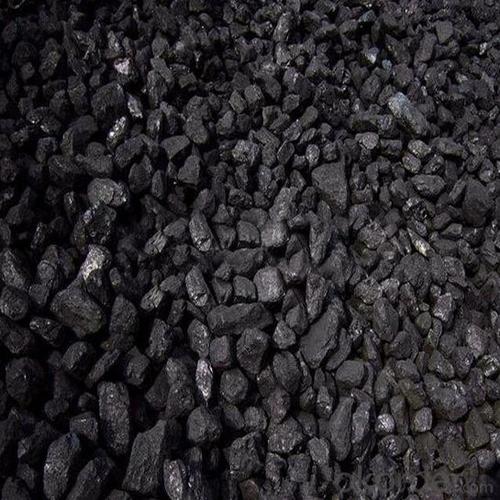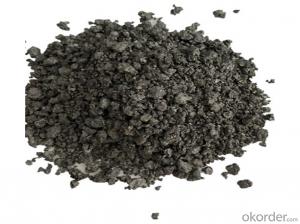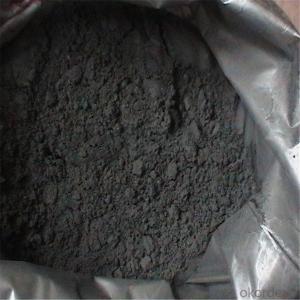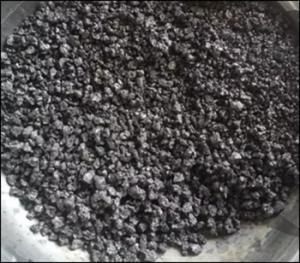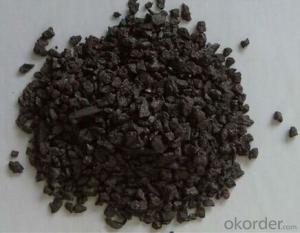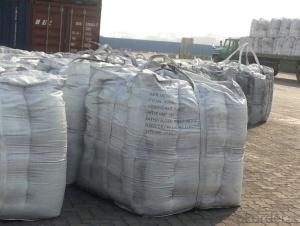Recarburant carbon graphite powder calcined petcoke petroleum coke
- Loading Port:
- Dalian
- Payment Terms:
- TT OR LC
- Min Order Qty:
- 10 m.t
- Supply Capability:
- 500000 m.t/month
OKorder Service Pledge
Quality Product, Order Online Tracking, Timely Delivery
OKorder Financial Service
Credit Rating, Credit Services, Credit Purchasing
You Might Also Like
Specifications of Recarburizer for Steelmaking:
As an ideal carbon additive and intermediate reactor
it has been widely used in different indust
Recarburizer for steelmaking
- F.C.: 90%min
ASH: 8%max
V.M.: 2%max
S: 0.5%max
MOI: 1%max
- F.C.: 93%min
ASH: 6%max
V.M.: 1%max
S: 0.5%max
MOI: 1%max
- F.C.: 95%min
ASH: 4%max
V.M.: 1%max
S: 0.5%max
MOI: 1%max
We also can supply the size is as customers' requirements.
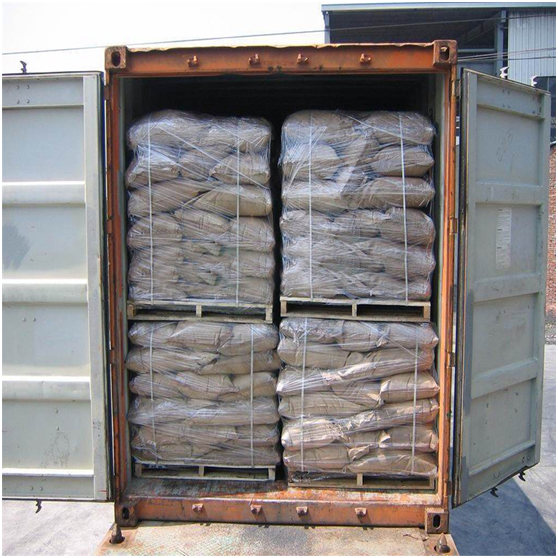
- Q: What is carbon offsetting in aviation?
- Carbon offsetting in aviation refers to the practice of compensating for the greenhouse gas emissions produced by aircraft by investing in projects that reduce or remove an equivalent amount of carbon dioxide from the atmosphere. This voluntary measure aims to mitigate the environmental impact of air travel by supporting initiatives such as renewable energy projects or reforestation efforts.
- Q: How does carbon affect the stability of ecosystems?
- The stability of ecosystems is heavily dependent on carbon balance in the environment. Carbon serves as a crucial foundation for organic matter and is stored in various forms such as plants, animals, soil, and the atmosphere. This storage process aids in regulating the carbon cycle, which is vital for maintaining a stable climate. The role of carbon in climate regulation is one of the primary ways it influences ecosystem stability. Carbon dioxide, a greenhouse gas, has the ability to trap heat in the atmosphere, contributing to global warming. Human activities, including the burning of fossil fuels, deforestation, and changes in land use, have resulted in excessive carbon emissions and an increase in atmospheric carbon concentration. This has led to an intensified greenhouse effect, resulting in rising temperatures and climate change. The consequences of climate change extend far and wide, affecting ecosystems in various ways. It can disrupt the delicate balance by altering temperature and precipitation patterns, impacting habitats, and changing the timing of seasonal events. These alterations can lead to a loss of biodiversity as certain species struggle to adapt to the new conditions. Additionally, climate change can also affect the availability of crucial resources like water and food, which are essential for ecosystem functionality and stability. Moreover, the excessive release of carbon into the atmosphere can directly harm ecosystems. Elevated carbon emissions cause acid rain, which can acidify water bodies, rendering them unsuitable for aquatic life. Increased carbon dioxide levels in the oceans can also lead to ocean acidification, negatively impacting marine organisms such as corals and shellfish. On the other hand, carbon is indispensable for the health and productivity of ecosystems. Carbon-rich organic matter in the soil aids in nutrient retention, improves soil structure, and enhances water-holding capacity. This facilitates better plant growth and supports the overall functioning of ecosystems. In conclusion, carbon exerts a significant influence on the stability of ecosystems. While it is necessary for the growth and development of living organisms, excessive carbon emissions and climate change pose substantial threats to ecosystem balance and functionality. It is vital to reduce carbon emissions, promote sustainable practices, and safeguard carbon sinks like forests and wetlands to ensure the long-term stability of ecosystems.
- Q: What are the effects of carbon emissions on the stability of estuaries?
- Estuaries, which are highly productive and diverse ecosystems, are greatly impacted by carbon emissions. These emissions, primarily in the form of carbon dioxide (CO2), contribute to climate change and ocean acidification, resulting in detrimental effects on estuaries. Sea-level rise is one of the most significant consequences of carbon emissions on estuaries. As global temperatures increase, the melting of glaciers and ice caps causes sea levels to rise. Estuaries, being low-lying areas where rivers meet the sea, are particularly vulnerable to this rise. Consequently, higher water levels lead to increased flooding, erosion, and saltwater intrusion into freshwater systems within estuaries, negatively affecting their overall stability. Furthermore, the concentration of CO2 in the atmosphere leads to ocean acidification. When CO2 dissolves in seawater, it forms carbonic acid, which lowers the water's pH. This acidification has detrimental effects on marine life within estuaries, especially organisms with calcium carbonate shells like shellfish and oysters. The increased acidity makes it more challenging for these organisms to build and maintain their shells, resulting in reduced populations and biodiversity in estuaries. Climate change, caused by carbon emissions, also alters temperature and precipitation patterns in estuaries, disrupting the delicate balance of saltwater and freshwater. Estuaries rely on this balance to support their unique ecosystems. Changes in temperature and precipitation disturb this equilibrium, causing significant shifts in species composition and distribution. Some species may struggle to adapt, while invasive species may thrive, further destabilizing estuarine ecosystems. In conclusion, the effects of carbon emissions on estuaries are extensive and varied. Rising sea levels, ocean acidification, and climate-induced changes in salinity and freshwater availability all contribute to the degradation of estuaries and the loss of biodiversity. To protect and preserve these essential ecosystems for future generations, it is crucial to reduce carbon emissions and mitigate climate change.
- Q: What's a carbon cloth to do as a fish pole?
- This is difficult, usually with a lathe like tool, by heating in the brush, layer by layer roll up, and finally cut off paint, baking
- Q: Why is the longer the carbon chain, the better the hydrophobic properties?
- The carbon chain is the water chain, but the lower the polarity (TA)They have to write fifteen characters ah from702853 (station link TA) can theoretically explain it zhoupeng87 (station link TA) should be the basic alkyl is not hydrophilic, it belongs to the hydrophobic group, the increase of carbon chain length of the hydrophobic whyy0113 (station TA) carbon chain is longer, the more polar groups easily entrapped nature shows hydrophobic alkane name small Jia (TA station) the carbon chain length of hydrophobic chain length, of course, hydrophobic. Cher (station TA) the alkyl chain is hydrophobic, so the longer hydrophobic part content more hydrophobic natural good red sandalwood fragrance (TA station).
- Q: I saw a cell phone in the magazine, the global release of 900, no camera, what function is F1 carbon fiber material, actually sold 40000 yuan a piece!.. Everyone said that the circulation is so small, worth so much money? Or carbon fiber material worth so much money?
- See where, in a car for example transformation kit, with super run even if the civil area shape roughly the same but the price difference, if you feel that things are expensive, natural carbon prices go up, in fact carbon species layout production process characteristics of professional strength lot, do not understand
- Q: How is carbon used in the production of carbon nanowires?
- Carbon's unique properties make it a key component in the production of carbon nanowires. These nanowires are typically created through a process called chemical vapor deposition (CVD), in which a carbon-containing precursor gas is decomposed in a high-temperature environment. To carry out this process, a reaction chamber is utilized, where a carbon source like methane or ethylene is introduced. The precursor gas is then heated to a temperature above 600 degrees Celsius, causing it to decompose. This results in the release of carbon atoms that begin to deposit on a substrate material, such as a silicon wafer or metal catalyst. The carbon atoms in the precursor gas tend to form strong covalent bonds with each other, leading to the formation of a graphite-like structure. However, by carefully controlling the growth conditions, including temperature and pressure, the deposited carbon atoms can be arranged in a highly ordered manner to form nanowires. The use of carbon as the fundamental building block for nanowires offers several advantages, including exceptional thermal and electrical conductivity, as well as high mechanical strength. These properties enable carbon nanowires to exhibit unique characteristics, making them suitable for a wide range of applications, such as electronics, energy storage, and sensors. Overall, carbon plays a crucial role in the production of carbon nanowires as the raw material that undergoes decomposition and subsequent rearrangement to achieve the desired nanoscale structures.
- Q: What is the melting point of carbon?
- The melting point of carbon depends on the form in which it is found. Pure carbon exists in multiple forms, including graphite and diamond. Graphite has a high melting point of around 3,600 degrees Celsius (6,500 degrees Fahrenheit), while diamond has an even higher melting point of approximately 3,827 degrees Celsius (6,920 degrees Fahrenheit). These high melting points are a result of the strong covalent bonds between carbon atoms in these structures. However, it is important to note that carbon can also exist in amorphous forms, such as coal or charcoal, which do not have a specific melting point as they undergo a gradual decomposition process when heated.
- Q: What are the different colors of carbon-based gemstones?
- The different colors of carbon-based gemstones include white, yellow, brown, black, and the rare blue and pink diamonds.
- Q: How does carbon impact the availability of renewable energy sources?
- Carbon impacts the availability of renewable energy sources in several ways. Firstly, carbon emissions from fossil fuel combustion contribute to climate change, which can have detrimental effects on the generation of renewable energy. For instance, rising temperatures and changing weather patterns can reduce the efficiency of solar panels and wind turbines. Secondly, the reliance on carbon-intensive energy sources limits the investment and development of renewable energy technologies. By transitioning to cleaner energy sources, such as solar, wind, and hydroelectric power, we can reduce carbon emissions and enhance the availability and viability of renewable energy options.
Send your message to us
Recarburant carbon graphite powder calcined petcoke petroleum coke
- Loading Port:
- Dalian
- Payment Terms:
- TT OR LC
- Min Order Qty:
- 10 m.t
- Supply Capability:
- 500000 m.t/month
OKorder Service Pledge
Quality Product, Order Online Tracking, Timely Delivery
OKorder Financial Service
Credit Rating, Credit Services, Credit Purchasing
Similar products
Hot products
Hot Searches
Related keywords
